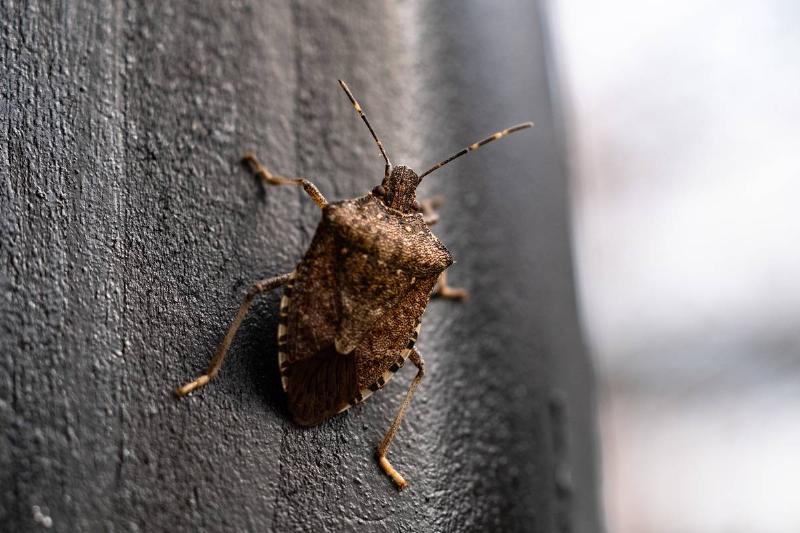While most of us do not enjoy the presence of bugs around us, the most we’ll do is have a mini freakout, get the bug away from us and try to move on from the experience as soon as possible. However, there are some particular bugs that you should watch out for. These small brown bugs can be found in flowerbed, grass, and even cracks in your home. You might think these little buggers are harmless, but experts warn that they can cause a lot of destruction in their wake. Luckily there are ways to prepare and try to avoid an infestation. Here’s what you should do in case you see these bugs.
Tiny Brown Bug
Insects can be difficult to spot, particularly if there’s a lot of vegetation, trees, and flowers in a particular area. These bug tend to blend in thanks to due their color and diminutive stature. This is what you can look out for in order to help spot them.

Tiny Brown Bug


